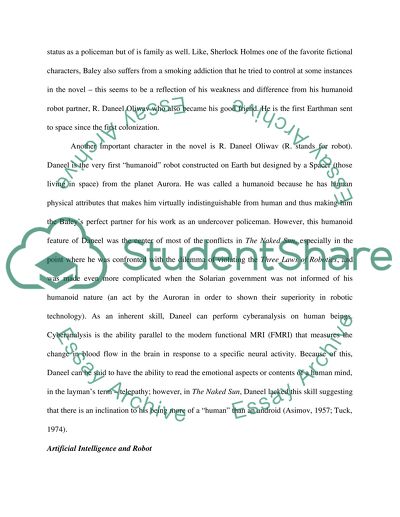Cite this document
(“Artificial Intelligence and Robot in the Context of Realism Term Paper”, n.d.)
Artificial Intelligence and Robot in the Context of Realism Term Paper. Retrieved from https://studentshare.org/literature/1411348-essay
Artificial Intelligence and Robot in the Context of Realism Term Paper. Retrieved from https://studentshare.org/literature/1411348-essay
(Artificial Intelligence and Robot in the Context of Realism Term Paper)
Artificial Intelligence and Robot in the Context of Realism Term Paper. https://studentshare.org/literature/1411348-essay.
Artificial Intelligence and Robot in the Context of Realism Term Paper. https://studentshare.org/literature/1411348-essay.
“Artificial Intelligence and Robot in the Context of Realism Term Paper”, n.d. https://studentshare.org/literature/1411348-essay.


